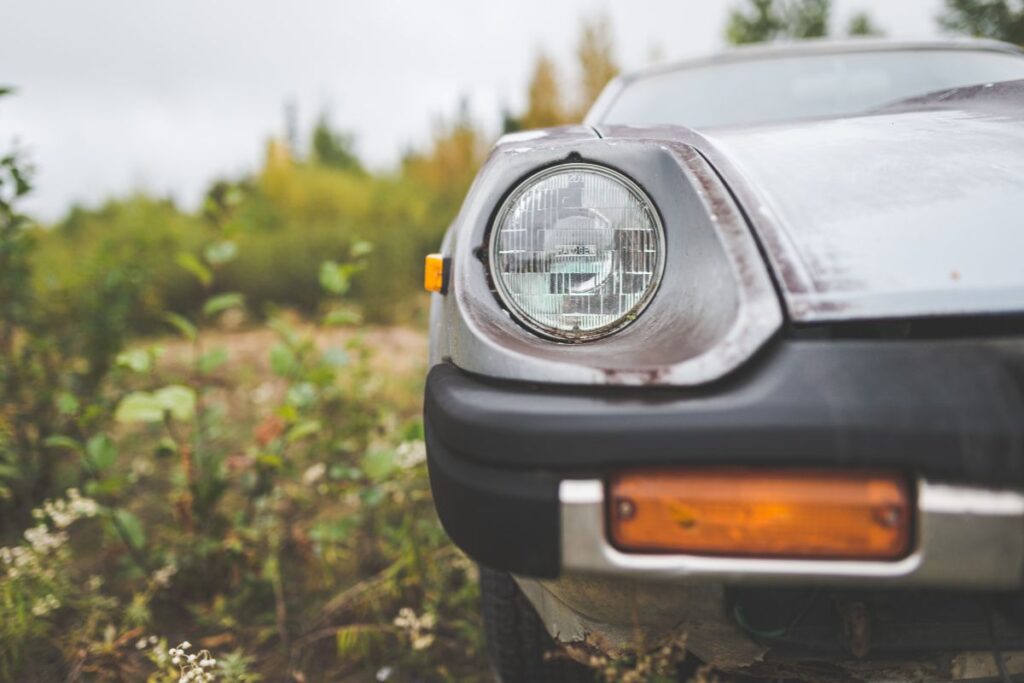You may have heard about light bulbs that are too hot to handle. You might have also heard them described as lamps with a bulb inside a bulb; kind of like a dream within a dream, huh?
An incandescent light source, a halogen lamp. It consists of a tungsten filament enclosed in an environment of inert gas and a tiny amount of a halogen (bromine or iodine). The halogen cycle, a chemical reaction that happens when tungsten filament and halogen are combined, lengthens the filament’s useful life.
They are known as halogens. How do halogen lights produce manufactured light? Where are halogen lamps best suited for use? In what capacity does halogen contribute to the lighting sector? Let’s respond to those queries and examine the benefits and drawbacks of halogen technology.
What is Halogen Light?
A type of lighting called halogen is essentially an improved incandescent. The electrical current enters the socket and moves up to the tungsten filament, heating it to incandescence, just like with incandescent light bulbs.
Halogen light bulbs have tungsten filaments housed in a quartz capsule and filled with iodine and bromine gases.
How Does a Halogen Light Bulb Work?
A halogen lamp uses a tungsten filament, but it is encased inside a much smaller quartz envelope. If the envelope were made of glass, it would melt given how close it is to the filament. The gas inside the envelope is also different — it consists of gas from the halogen group.
They combine with tungsten vapor, which is a very intriguing property of these gases. The halogen gas will combine with tungsten atoms as it evaporates and deposits them again on the filament if the temperature is high enough. This recycling process lets the filament last a lot longer.
Moreover, it is now possible to run the filament at a higher temperature, which results in a higher light output per unit of energy. You still get a lot of heat, though; and because the quartz envelope is so close to the filament, it is extremely hot compared to a normal light bulb.
Pros and Cons of Halogen Light

Here are a few pros and cons of halogen lighting:
Halogen Pros
- Quality of light
Halogens hold the same standard as incandescent light bulbs because they are still in the same family as incandescent bulbs and provide a similar level of light quality.
- Compact size
Halogen lamps can be used in some unusual applications because the quartz is so small, including the inside of tools, appliances, and projectors, as I already mentioned.
- Dimming capability
If you own a restaurant and have a few halogen PARs installed in your recessed cans for general lighting, you’re in good shape if you want to dim them. Halogens are a great option for any location where you might want to dim your lights.
- Low cost
Halogen became a preferred low-cost lighting option as a result of the widespread phaseout of many traditional incandescent products.
Halogen Cons
- Inefficient energy use
The lumen-per-watt ratio of halogens is very low, despite the fact that they are more efficient than a conventional incandescent when compared to artificial light in the modern world.
- Hidden components
Because the tungsten in a halogen bulb is enclosed with quartz, the vintage and traditional feel of an incandescent bulb are lost.
- Limitations
You might want to accent a modern, sleek space with a higher Kelvin temperature, which emits cool, crisp light. The range of applications for which halogens can be used is constrained.
- Component breakdown
Halogens are sensitive to skin oils, which may eventually shorten the product’s lifespan.
Where Do You Use Halogen Bulbs?
Here are a few applications where you see halogen bulbs used the most:
Jewelry Cases
To highlight gold jewelry, many jewelry stores use halogen mirror reflectors. The jewelry is given a warm, rich, and upscale tone by the way that light reflects off of the mirror reflector and onto it.
Retail
Halogen PAR lamps are still used in some retail establishments’ track lighting. Typically, you see these used in retail stores that have a “dim” and warm vibe they are trying to achieve. Some brands that make use of halogen bulbs include PacSun, Hollister, and Abercrombie.
Specialty Applications
Halogens are also used in portable projectors and to heat food. Halogen light bulbs can be very useful in these specialized applications because the quartz they use is so small.
